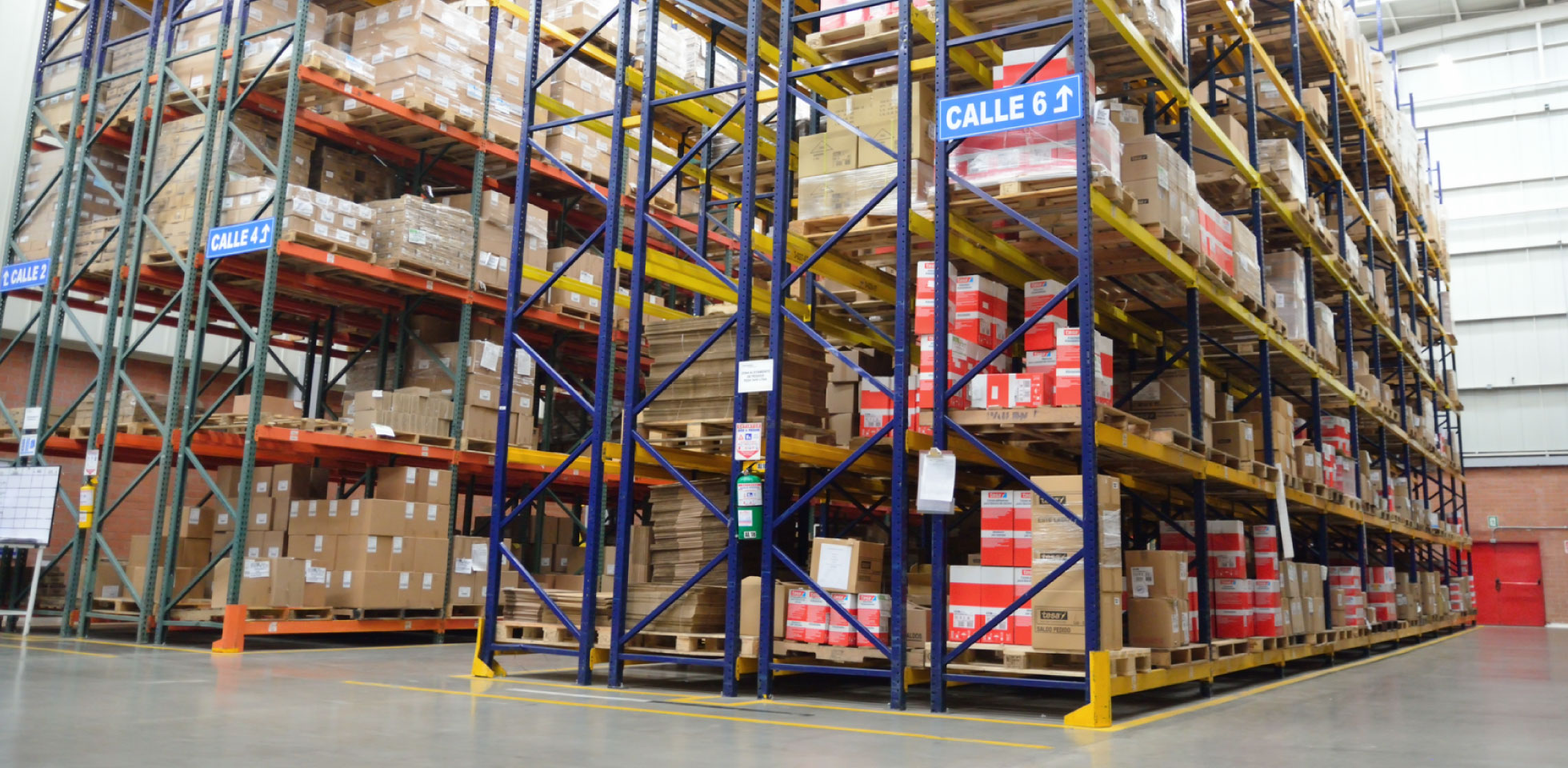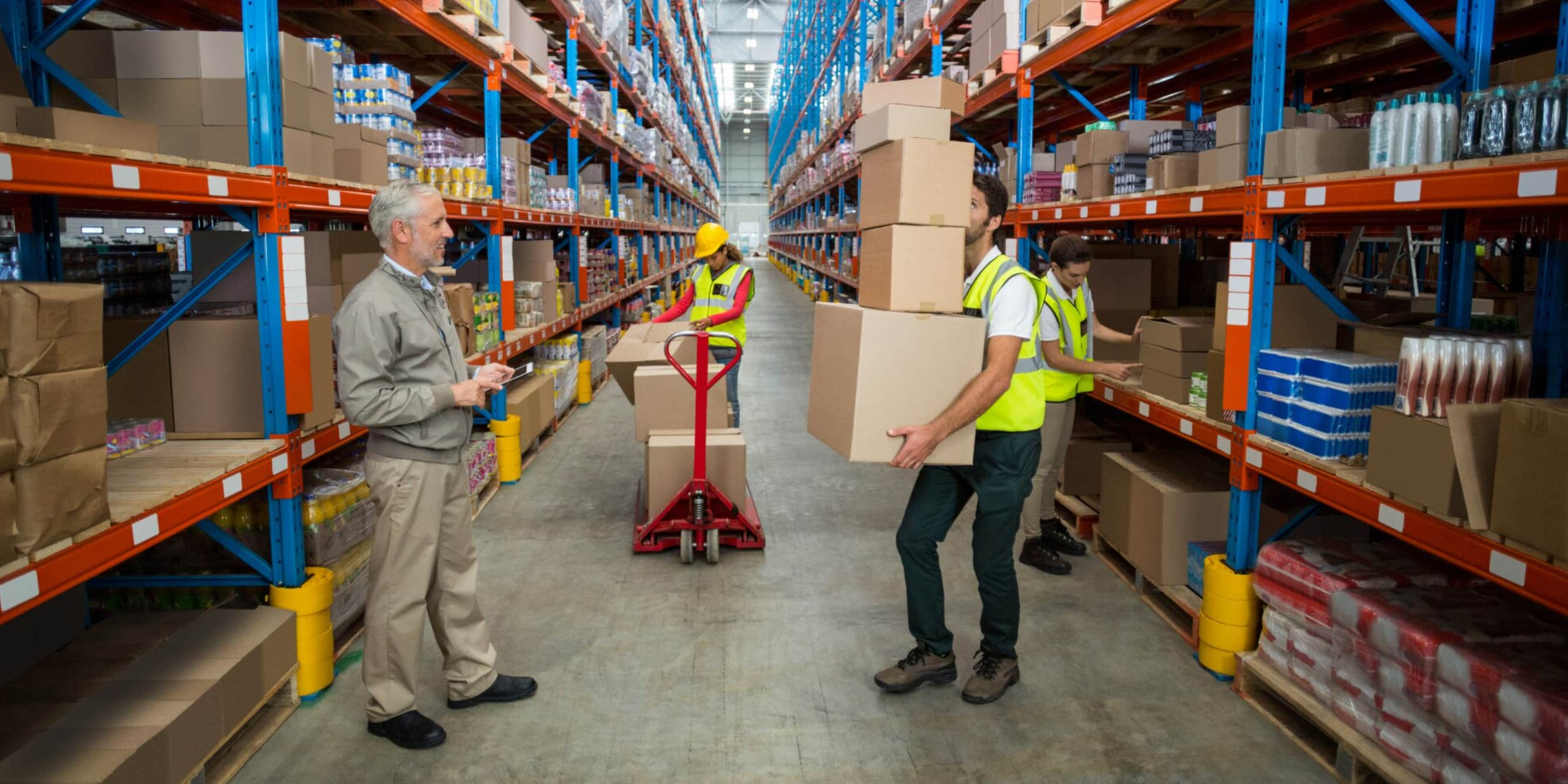In today’s market, logistics is a key factor for the success of companies. However, instead of focusing solely on operational efficiency, organizations must recognize the value of the customer experience as a strategic differentiator. In this article, we will explore how the customer experience can become a competitive advantage in the logistics field, in addition to presenting relevant statistics and logistics trends that improve the customer experience.
The Importance of the Customer Experience in Logistics
Logistics, traditionally focused on supply chain management, has become increasingly customer-oriented. Customer expectations have evolved and now demand a smooth and personalized experience at all stages of the logistics process. According to recent data from Emplifi, 61% of consumers will pay at least 5% more if they are guaranteed a good Customer Experience.

Statistics on Customer Experience in Logistics
To better understand the importance of the customer experience in logistics, let’s consider some revealing statistics:
- 97% of consumers and 98% of contact center managers say that customer service interactions affect consumer loyalty to a brand.
- 60% of consumers have switched brands due to a negative experience at the contact center.
- 70% of brands see a direct connection between customer service and brand performance.
- 87% of customers actively avoid buying products from brands they do not trust.
- 74% of CX leaders say it is important to improve the delivery of content and knowledge to customers and employees.
- 81% of customers say that a positive Customer Experience increases the chances of making another purchase.
- 95% of consumers say that customer service impacts their brand loyalty, citing easy access, self-service, and professional agents as important factors.
- 64% of leaders say that customer service has a positive impact on their company’s growth.
- 60% of leaders say that customer service improves customer retention. (Zendesk)
- 88% of buyers say that the Customer Experience is as important as a company’s products or services. (Salesforce)
Logistics Trends that Improve the Customer Experience
The evolution of logistics has given rise to a number of trends that are transforming the customer experience in this sector. Some of these trends include:
- Omnichannel logistics: The integration of sales and distribution channels, such as e-commerce, physical stores, and direct deliveries to the customer, allows for a smooth and consistent shopping experience.
- Real-time tracking: With tracking and monitoring technologies, customers can follow the progress of their shipments in real time, which builds trust and reduces uncertainty.
- Flexible delivery: Offering flexible delivery options, such as same-day delivery or delivery at specific times, provides convenience and personalization to customers.
- Automation and robotics: Automation and the use of robots in warehouses and distribution centers allow for greater efficiency and accuracy in logistics processes, resulting in a better customer experience.
The Critical Curve of Customer Service in Logistics
In the logistics field, there is what is known as the “critical curve of customer service”. This curve illustrates how customer satisfaction increases rapidly at first, as basic service expectations are met. However, as expectations are raised and exceeded, customer satisfaction stabilizes. To differentiate themselves and provide an outstanding customer experience, organizations must strive to constantly exceed expectations and raise the level of service.
Functions of Customer Support in Logistics
Customer support plays a crucial role in the customer experience in the logistics sector. Some of the key functions of customer support include:
- Customer service: Providing quick and efficient attention to inquiries, doubts, or problems that may arise during the logistics process.
- Problem resolution: Helping customers resolve issues related to their orders, such as delivery delays or damaged products.
- Claims management: Effectively handling customer complaints and claims, ensuring a satisfactory solution and a positive experience.
- Returns coordination: Facilitating and streamlining the product return process, ensuring a hassle-free experience for the customer.
- Training and education: Providing information and guidance on available logistics services, as well as policies and procedures, to help customers make informed decisions.
Characteristics of Good Customer Service in the Logistics Sector
To offer excellent customer service in the logistics sector, it is important to consider some key characteristics:
- Speed in response: Responding promptly to customer inquiries and requests, providing quick and efficient solutions.
- Clear and transparent communication: Keeping customers informed at all stages of the logistics process, providing updates on the status of their orders and any possible setbacks.
- Empathy and kindness: Showing empathy towards the needs and concerns of customers, treating them with kindness and respect in all interactions.
- Personalized solutions: Adapting logistics services and solutions to the individual needs of each customer, offering flexible and personalized options.
- Follow-up and tracking: Conducting proactive follow-up to ensure customer satisfaction, obtain feedback, and resolve any outstanding issues.
Offering Good Customer Service in the Logistics Sector
To offer good customer service in the logistics sector, it is essential that organizations focus on the following aspects:
- Staff training: Providing adequate training to employees who interact with customers, to ensure quality and consistent customer service.
- Implementation of technology: Using advanced technology, such as customer relationship management (CRM) systems and order tracking tools, to improve efficiency and communication with customers.
- Monitoring and continuous improvement: Establishing metrics and tracking the performance of customer service, in order to identify areas for improvement and make necessary adjustments.
- Customer feedback: Collecting and analyzing customer feedback, whether through surveys, online comments, or direct interactions, to better understand their needs and expectations.
Conclusions
Companies that manage to provide an outstanding experience can differentiate themselves from the competition and generate long-term loyalty. By leveraging relevant statistics and trends, and by paying attention to the critical curve of customer service, organizations can implement effective strategies to improve the customer experience in logistics. In addition, by focusing on the functions of customer support, the characteristics of good service, and the keys to offering excellent customer service in the logistics sector, companies can stand out and build strong relationships with their customers.






